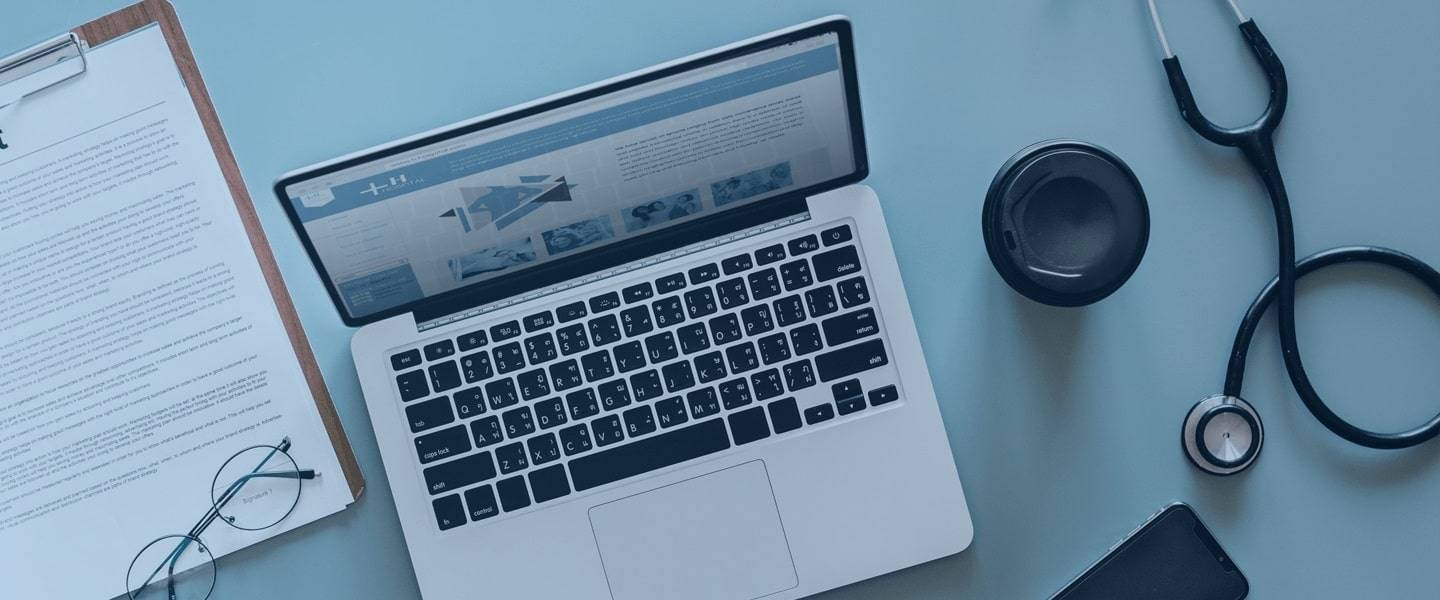What is a Superbill?
A Superbill is used by healthcare providers as a primary source of data for creating claims. These claims will eventually be submitted to payers for reimbursement.
Essentially, a Superbill is an itemized list of all services provided to a client. The Superbill will also contain additional information about the patient visit including practice information, CPT codes, ICD-10 codes, referring doctors and more. We’ll cover these components in the following sections.
What does Superbill mean?
The list of services you obtained from a healthcare provider is displayed in a superbill. You might have to give your insurance provider a superbill to get paid for services. The procedure for receiving and submitting a superbill should be discussed with the insurance company.
What is another name for Superbill?
Other names for superbill are “Charge Slips”, “Encounter Forms,” or “Fee Tickets,”. They are pre-printed documents intended to record the fees connected with a patient visit via procedure codes and any supporting data, like diagnostic codes, that is necessary to bill insurance companies.
What does Superbill require?
The following details about the encounter must be included in the Superbill:
- Date(s) of Service
- Fee for Each Service Date
- Diagnostic Code (DX)
Components of a Superbill
Provider Information
The provider information is straightforward. This section includes all of the relevant information regarding the practice when submitting a claim to insurance. This would include:
- Provider’s first and last name
- Provider NPI number*
- Office location where the visit took place
- Provider phone number
- Provider email address
- Provider signature
- Referring provider name (if applicable)
- Referring provider NPI number (if applicable)
*“A National Provider Identifier or NPI is a unique 10-digit identification number issued to health care providers in the United States by the Centers for Medicare and Medicaid Services (CMS).”
Patient Information
The patient information section includes all of the patient information needed to successfully submit an insurance claim for reimbursement. This would include:
- Patient first and last name
- Patient address
- Patient phone number
- Patient date of birth (DOB)
- Patient insurance information
Visit Information
The information regarding the visit itself is a critical component of Superbills. Unlike a typical receipt or invoice, a Superbill needs to contain Procedure Codes (CPT), Diagnosis Codes (ICD-10), Modifiers, and additional pieces of data to avoid the denial of claims. This information includes
- Date of visit
- Procedure Codes and Description (CPT)**
- Diagnosis Codes and Description (ICD-10)***
- Modifiers****
- Units or Minutes
- Fees Charged
** Current Procedural Terminology (CPT) Codes describe the medical procedures that a provider performs on a patient. CPT codes are issued and maintained by the American Medical Association (AMA)
*** “ICD-10 is the 10th revision of the World Health Organization’s International Classification of Diseases (ICD) coding system. The ICD-10-CM (Clinical Modification) codes are used to capture diagnoses in all healthcare settings, while ICD-10-PCS (Procedure Coding System) codes are used to capture procedures only in inpatient settings.”
**** According to M-Scribe “A modifier is a code that provides the means by which the reporting physician can indicate that a service or procedure that has been performed has been altered by some specific circumstance but has not changed in its definition or code.”
What is the purpose of a Superbill in a Medical Office?
A superbill is different from a simple receipt or ordinary invoice. It serves as the primary data source that a payer (insurance, funds, or programs) will use to construct a healthcare claim to calculate reimbursement against a healthcare service. Insurance companies demand that a superbill have specified information.
Can I create my own Superbill?
Yes, you can also create your own superbill template. A comprehensive superbill has the following details: Information that will help you identify your client: Name, DOB, address, phone number, and any other information the insurance company may need are all included in this.
How do I submit to Superbills?
The easiest method is sending your superbill and an EOB through the provider’s website’s document portal. But it depends on your insurance provider and how they handle submissions. While some businesses would want you to fax or upload the superbill, others would like you to mail it instead.
Does a Superbill need to be Signed?
There are no requirements (other than office policy) to require a physician’s signature, so the primary function of a superbill is to allow the provider to communicate to the office staff what services were provided and why they were necessary (and, by extension, the office staff to communicate to the payer).
Conclusion
Superbills aggregate the data from a patient visit needed to submit an insurance claim successfully. This includes provider information, patient information and visit information. Superbills are different from receipts/invoices because they provide additional information regarding the visit (diagnosis and procedure codes) that are needed to get a claim approved.
Sources:
- https://www.carecloud.com/icd-10-and-your-practice/
- http://www.who.int/classifications/icd/en/
- https://www.cms.gov/Regulations-and-Guidance/Administrative-Simplification/NationalProvIdentStand/
- https://www.m-scribe.com/blog/bid/191943/Medical-Billing-Intricacies-What-are-Modifier-Codes




